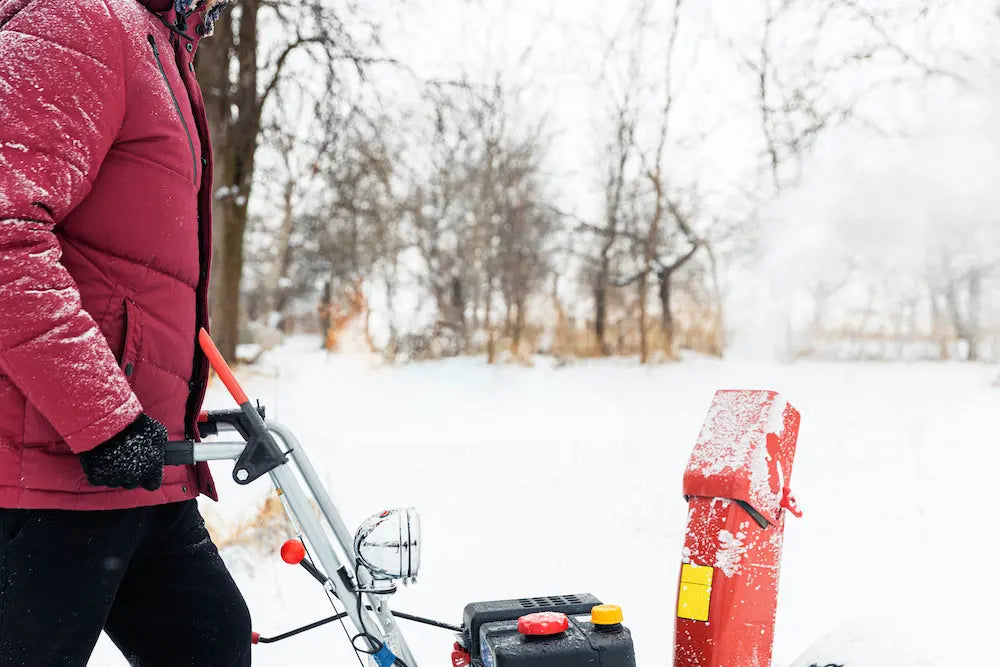As winter rears its frosty head, the daunting task of snow removal becomes a reality for many homeowners. Having the right snow blower for your situation not only makes the chore more bearable but also ensures efficiency and safety. This guide is here to illuminate the key factors you need to consider to select the snow blower size that aligns perfectly with your winter needs.
Understanding Snow Blower Sizing
When we talk about the “size” of a snow blower, we’re primarily referring to the clearing width and intake height of the machine. The clearing width dictates how much snow can be cleared in one pass, while the intake height indicates the maximum snow depth that can be handled. It’s essential to choose a size that matches the typical snowfall in your area and the width of the paths you’ll clear.
Assessing Your Snow Removal Needs
Before making a purchase, assess your typical snow removal needs:
- Analyzing Your Location’s Snowfall: Consider the average snowfall depth and frequency in your area. Is the snow typically heavy and wet, or light and fluffy? Your snow blower should match these conditions.
- Evaluating the Area to be Cleared: Reflect on the size of your driveway and walkways, the surface type (e.g., gravel, concrete), and the presence of any slopes or obstacles. Larger areas might necessitate a snow blower with a wider clearing width.
Single-Stage vs. Two-Stage vs. Three-Stage Snow Blowers
Snow blowers come in different stages, each suited to different conditions:
- Single-Stage Snow Blowers: These are lightweight and ideal for areas with moderate snowfall, perfect for small to medium driveways and flat surfaces.
- Two-Stage Snow Blowers: With more power, these can handle heavier snowfall and are suitable for medium to large driveways on varied terrains.
- Three-Stage Snow Blowers: These are the most powerful, designed for extreme snowfall conditions and large areas, offering the fastest snow removal but at a higher price point.
Practical Considerations in Snow Blower Sizing
Beyond snowfall and area size, other practical considerations should influence your decision:
- Storage: Consider your available storage space. Larger snow blowers require more storage room.
- Maneuverability: Ensure you’re comfortable maneuvering the snow blower. Larger models can be heavier and more challenging to turn.
- Maintenance and Fuel Efficiency: Keep in mind that larger machines might require more maintenance and fuel, leading to additional costs.
Additional Features to Consider
Certain features can enhance the snow removal experience:
- Electric Start: This feature allows for easy start-ups, even in the coldest weather.
- Speed Settings: Multiple speed settings allow you to adjust the pace, especially useful in varying snow conditions.
- Headlights: For those early morning or evening tasks, headlights can improve visibility and safety.
Conclusion
Choosing the right snow blower size is a balance of assessing your typical snow conditions, the area to be cleared, storage and maneuverability considerations, and desired features. By taking the time to understand these factors, you’ll invest in a machine that serves you well through the snowy months, making winter’s challenges a little more manageable.
What are your experiences with different snow blower sizes? Any tips you’ve found for making the right choice? Share your insights in the comments below!








Reader Interactions